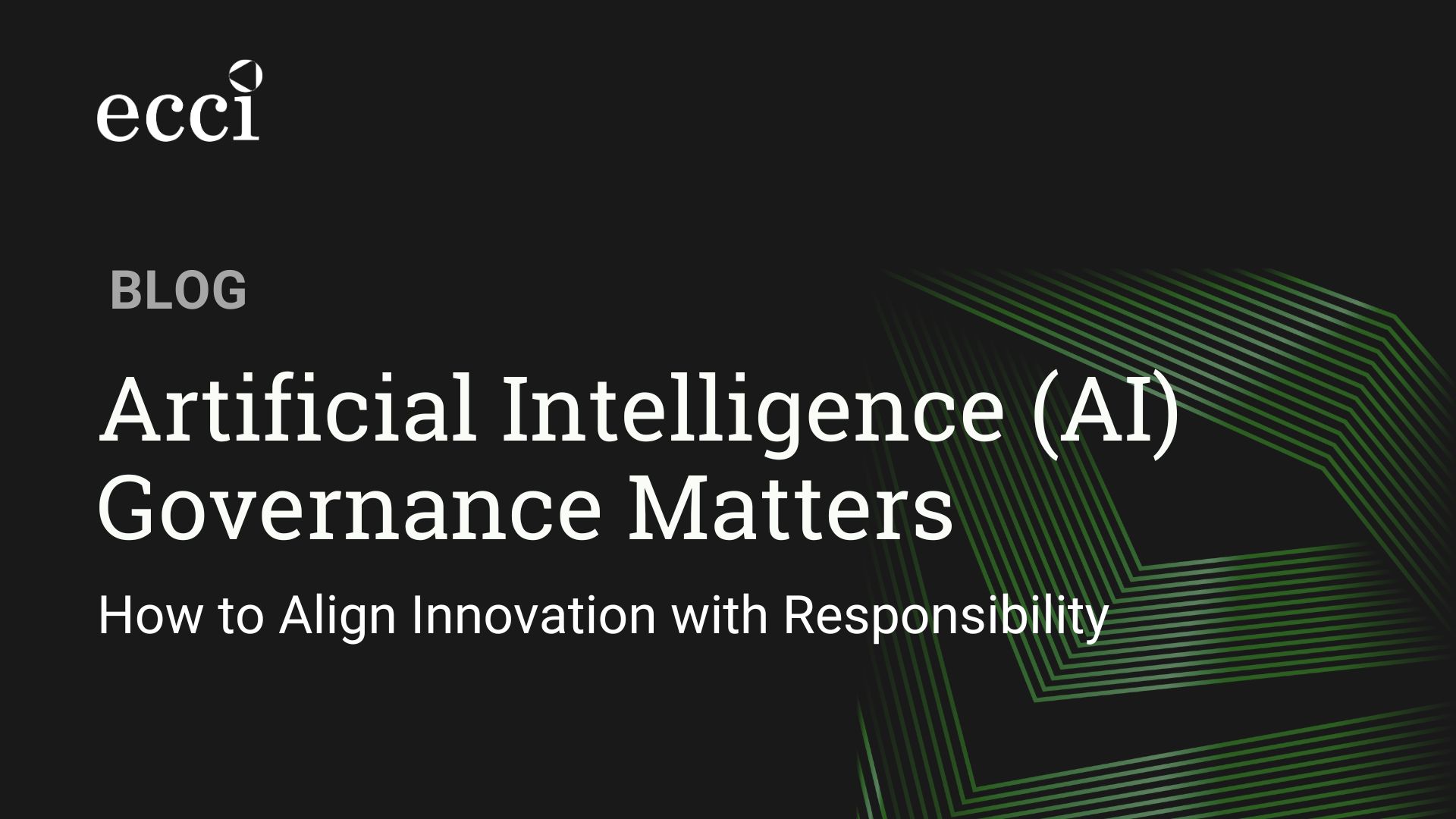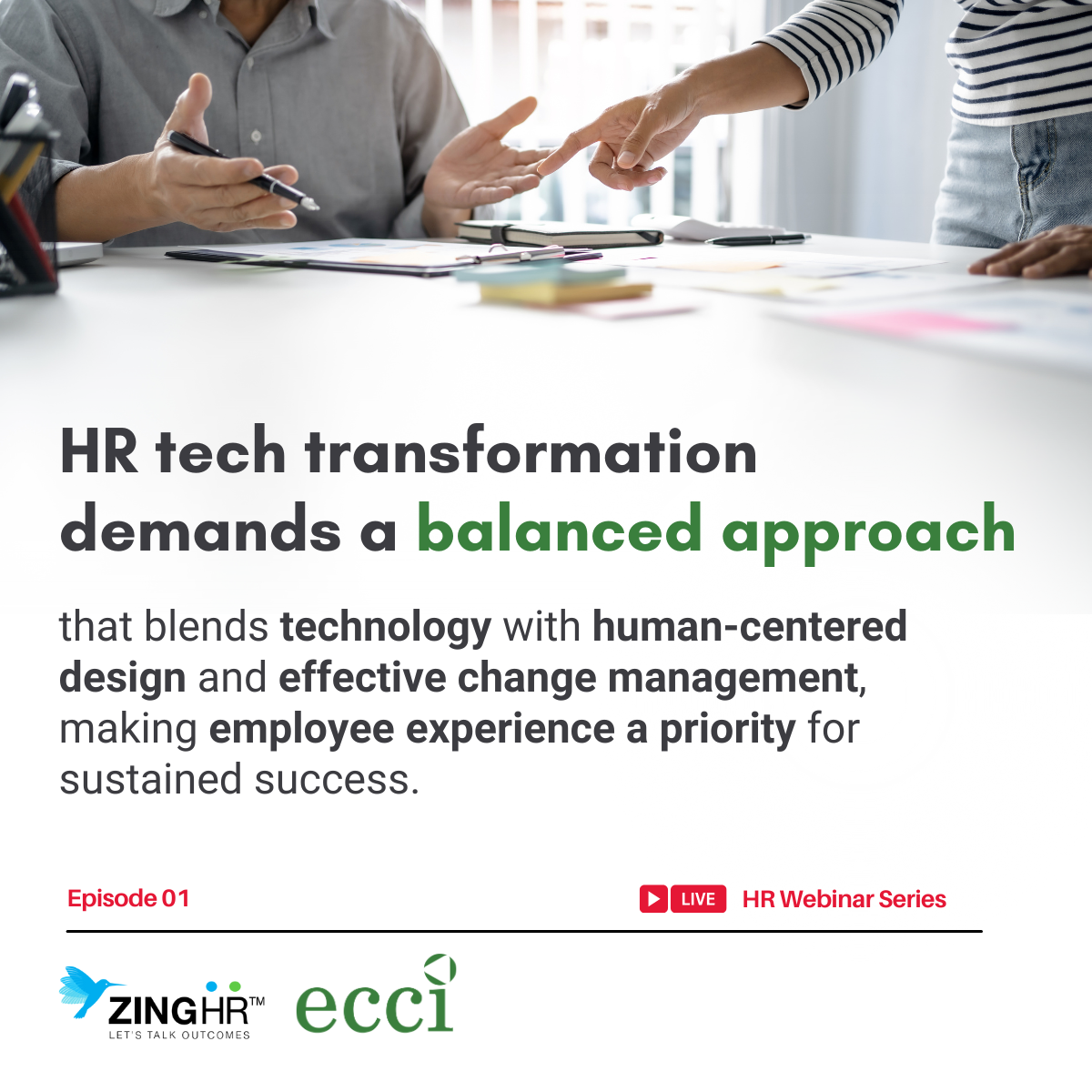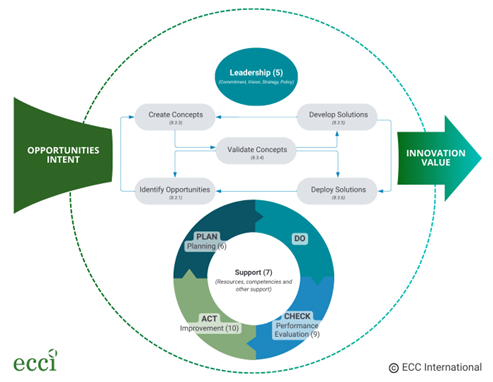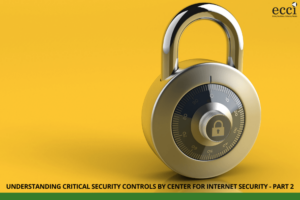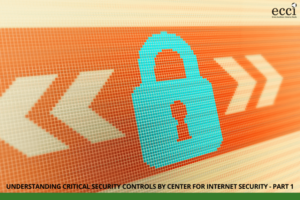What comes to your mind when you hear the word sustainability? You relate it to environmental concerns such as emissions reductions and resource consumption, right? But that is just one aspect of sustainability. More recently, companies have given attention to another aspect of it — occupational health and safety.
As consumers become more willing to support companies with sustainability programs, sustainability then becomes an important business process. The increasing awareness on establishing a sustainable future and this consumer preference has pushed many companies to develop their sustainability programs addressing major issues such as energy and water use, greenhouse gas emissions, and workplace environment.
When it comes to the workplace, Environmental Health and Safety (EHS) management is imperative. It encompasses having the right systems, procedures, and processes to ensure effective and efficient operations.
Emergence of EHS
In 1970, the Environmental Protection Agency (EPA) was established as a response to workplace safety incidents that happened way back from 1960s to 1970s such as river bursting into flames because of chemical wastes saturation, oil spills affecting coastal waters and communities, and death in workplaces. Then in 1971, the Occupational Safety and Health Administration (OSHA) was established to closely regulate the companies’ practices on environment, health, and safety. These developments were also made in many countries around the world. In 1974, the European Economic Community created an Advisory Committee for Safety, Hygiene and Health Protection at Work. Later on, the European Union established the European Agency for Safety and Health at Work. Out of these initiates emerged the concept of EHS management.
EHS management emerged because of the need to comply with new regulatory departments. However, it has become mainstream for companies today because it is a way for them to manage risks, improve efficiency, and attract consumers and investors who prioritize sustainability.
An important aspect of EHS is to look at and subsume within the overall sustainability framework of a company. This applies to all kind of industries, specifically to mining companies where land consideration is their foremost concern in their operations.
‘Sustainability” can be easily misinterpreted. So let us first define it.
Sustainability in the Corporate World
Sustainability is used in businesses as an approach to create long-term value by considering how a company works within the context of not just economic performance but addressing social, and environmental aspects. Generally, it refers to business continuity and guaranteeing that the company efficiently works without any production gap.
Sustainability of a company can be broken down into its performance in the environmental, social, economic and governance aspects. Ideally, the goal is to balance these aspects for the company’s long-term success and sustainability. The workplace safety and health of workers are parts of the social aspect of sustainability.
Did you know that workplace safety is the most crucial element in the company’s sustainability efforts? According to the 2019 Intelex survey, it is the leading element followed by environmental impact, company reputation/corporate responsibility, labor practices, and waste generation.
EHS Coverage
Companies all over the world often have an EHS department solely dedicated for regulatory compliance. They invest in effective EHS management. From an environmental perspective, EHS entails establishing a systematic method to comply with environmental policies, manage wastes, and reduce the carbon footprint of the company. From a health and safety perspective, it entails ways to address unsafe working conditions, fatigue, ergonomics, administrative controls, ventilation, and other elements of workplace safety affecting the health and welfare of the employees.
Benefits of Integrating Sustainability and EHS
Yes, it’s good to have sustainability programs. But it’s much better if sustainability and EHS programs are all connected. Incorporating these things into an integrated program can give enhanced values to the following pillars:
1. Effective Risk Management- Companies can better determine and solve issues on health, safety and sustainability which then increases regulatory compliance.
2. Reduced costs- Companies can reduce costs in their organization if they efficiently manage their air, water, and waste and extend its management in their supply chain.
3. Increased revenue- Companies can enhance their reputation in the society. A good reputation can open opportunities for new revenues.
4. Accelerated growth- Companies can attract consumers if they build transparency through their sustainable business practices.
5. Increased productivity- Companies’ sustainability programs can boost their employees’ motivation and participation.
Embracing Technology
As sustainability becomes deeply rooted and an important part of decision making, the companies are progressively shifting towards an integrated platform to manage and improve EHS, sustainability and their data.
Efficient data management has become important and fast growing requirement in businesses. In fact, one of the fastest increasing areas of the companies’ EHS and sustainability expenditure is investing in data management systems. Also, the companies are investing in additional monitoring as they look for the performance of their supplier. Moreover, they are leaning towards energy management, thus supporting automation combined with scenario planning.
Digital transformation has produced a big volume of data, some are useful and some are not. How then can companies determine which data are useful? And how are they going to use that data for better business outcomes?
Many companies are turning to software suppliers to help them in collecting, processing, analyzing, and maximizing the use of data to help them save money, create money, and become more sustainable. Automation of EHS and sustainability processes using innovative and user-friendly technologies can help the companies attain operational excellence.
SAI 360 and ECCI
SAI360 is a leading global Environmental, Social and Governance cloud solution provider connecting EHS, Sustainability, Governance-Risk-Compliance, and Learning. ECCI as a leading EHS and Sustainability consultancy company in South-East Asia, has partnered with SAI 360 to create awareness among companies in the Philippines on how to digitize and automate some of the critical risk management processes through the right technology interventions and experience from the region. The partnership will span interventions across sustainability, EHS, information security, business continuity management, enterprise risk management and social responsibility, among others.
The environment changes. Regulations change. Environmental footprint should be reduced. Workers’ rights should be protected. Their health should be prioritized. Environmental and social challenges are increasing. Integrating EHS within the broader sustainability program of the organization is imperative for success – from an alignment, resource management and culture standpoint. They are just two sides of the same coin.


